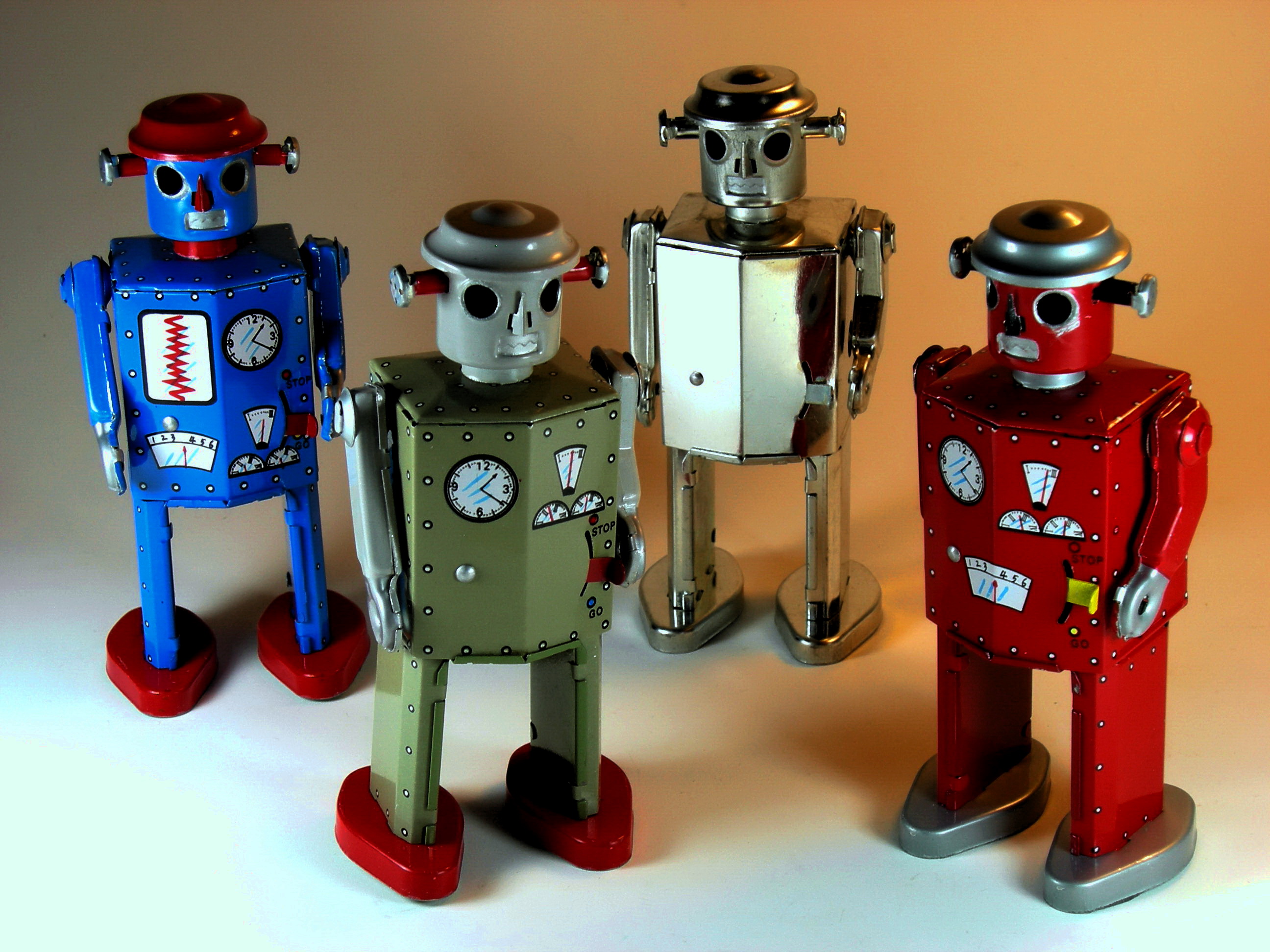Learning spaces: The subconscious teacher
Imagine yourself within a soft, white room. The room feels safe, perhaps even feminine, not unlike a blank canvas or white egg. Bright, sloping whiteboard walls surround you so every inch of wall space can be drawn upon. Creativity is celebrated here. This is a fresh environment where ideas are free to emerge. Curved, stretchy chairs meet flexible tables, with writable surfaces. Both stand atop Astroturf; a sign of nature and an open field of exploration. The windows are Tetris-shaped and multicolored.
What Will Education Look Like in a More Open Future?
Open learning systems need to promote the freedom to innovate, and therefore the freedom to fail. How many school systems would be allowed such freedom? Fear of failure paralyzes schools and system leaders and is our biggest innovation killer.
5 Tools Students Can Use to Keep Track of Assignments This Year
Fetchnotes is a neat service for creating and keeping notes online. Fetchnotes uses an interface for creating and sharing notes that will feel familiar to Twitter users. When you write a note, just use a hashtag to label your note. Then whenever you want to search for a note just enter a hashtag. For example, if I was a student taking notes in a history course I might use the hashtag "#revolution" for all notes related to revolutions.
The top 10 edtech lessons I’ve learnt after 15 years in schools
3. There’s no such thing as a digital native
Despite the popular myth, no-one is born with a magical ability to understand computers. The inverse is also true, no middle-aged teacher has a mental block on anything developed after 1985.
How Technology Can Increase Rigor In The Classroom
According to Webb’s Depth of Knowledge, increasing rigor also requires multiple steps to accomplish the assignment rather than one single step. Instead than simply writing an essay about a famous scientist, students can create a fake Facebook page. Through their research, they must generate information to complete the profile, add friends, “like” pages, and complete status updates. This process is far more complex that a simple writing assignment, and requires multiple steps for completion.
No time for PD? 5 ways to embed it into your day
Instead of sending people out, keep them in. Consider applying your substitute budget to hire subs to take over for staff during a professional development day. Rather than sending educators offsite for training, release them from the classroom for job-embedded training and collaboration.
http://tinyurl.com/o9x26hn










